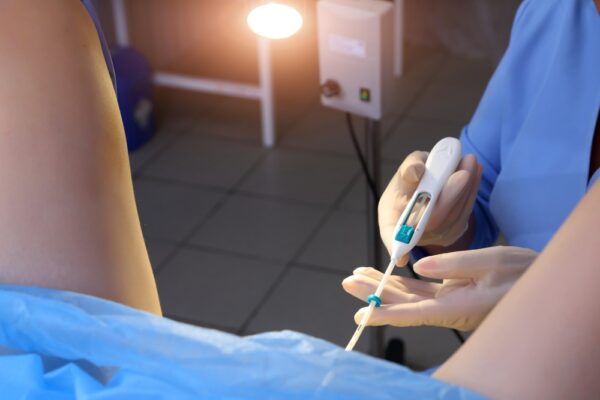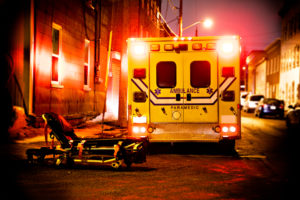September 29, 2010
If you are a parent, healthcare professional or caregiver of an infant, the U.S. Consumer Product Safety Commission (CPSC) and the U.S. Food and Drug Administration (FDA) want you to stop using infant sleep positioners because these products are dangerous for the baby.
Infant sleep positioners are flat mats with side bolsters or inclined (wedge) mats with side bolsters, marketed with unsubstantiated claims to help keep infants on their backs and reduce the risk of Sudden Infant Death Syndrome (SIDS). Other unsubstantiated marketing claims include aiding in food digestion to ease colic or the symptoms of gastroesophageal reflux disease (GERD); and prevention of flat head syndrome (plagiocephaly).
“To date, there is no scientifically sound evidence that infant sleep positioners prevent SIDS,” Dr. Joshua Sharfstein, FDA Principal Deputy Commissioner and a pediatrician, said in a release. “We want to make sure parents, health care professionals, and childcare providers understand the potential risk of suffocation and stop using infant sleep positioners.”
The CPSC and FDA have received 12 reports of infant deaths due to suffocation in sleep positioners or entrapment and suffocated between a sleep positioner and the side of a crib or bassinet. Consumers have submitted dozens of reports of infants placed on their backs or sides in sleep positioners and found later in potentially hazardous positions within or next to the sleep positioners.
“The deaths and dangerous situations resulting from the use of infant sleep positioners are a serious concern to CPSC,” said CPSC Chairman Inez Tenenbaum. “We urge parents and caregivers to take our warning seriously and stop using these sleep positioners, so that children can have a safer sleep.”
The FDA issued a consumer update publication entitled Infant Sleep Positioners Pose Suffocation Risk to inform of the dangers.
CPSC and the FDA are warning parents and childcare providers to:
- STOP using infant positioning products. Using this type of product to hold an infant on his or her side or back is dangerous and unnecessary.
- NEVER put pillows, sleep positioners, comforters or quilts under the baby or in the crib.
- ALWAYS place a baby on his or her back at night and during naptime.
- REPORT an incident or injury from an infant sleep positioner to the Consumer Product Safety Commission by visiting www.cpsc.gov/cgibin/incident.aspx or calling 800-638-2772, or to FDA’s MedWatch program.
“The safest crib is a bare crib,” FDA pediatric expert Susan Cummins, M.D., M.P.H says. “Always put your baby on his or her back to sleep. An easy way to remember this is to follow the ABC’s of safe sleep—Alone on the Back in a bare Crib.”
The FDA has issued letters to sleep positioner manufacturers demanding they stop marketing and distributing the products immediately. In the letter, the FDA stated that products marketed with these claims meet the definition of a device as defined in section 201(h) of the Federal Food Drug and Cosmetic Act. The agency vowed to take appropriate actions against manufacturers who market these devices without FDA clearance or approval. If the manufacturers wish to continue marketing these devices, they must seek FDA approval by providing safety and effectiveness data, substantiating the medical claims they propose in the context of the established suffocation risk associated with infant positioner devices.
There is currently no recall issued for infant sleep positioners. Failure to recall and take back these products out of the hands of consumers may mean more infants at risk in the future due to consumer’s lack of knowledge of the CPSC and FDA warning and secondary markets for the products including garage sales and thrift stores.
“Because of the medical claims made with sleep positioners, they fall primarily under FDA’s jurisdiction, rather than CPSC’s,” according to the CPSC website. “FDA is telling manufacturers of sleep positioners to submit scientific data to support their medical claims. Any manufacturer who makes a medical claim about a sleep positioner and who has not received FDA clearance must immediately stop marketing their products. Such devices are illegal and subject to FDA regulatory action.”

The Legal Examiner and our Affiliate Network strive to be the place you look to for news, context, and more, wherever your life intersects with the law.














Comments for this article are closed.